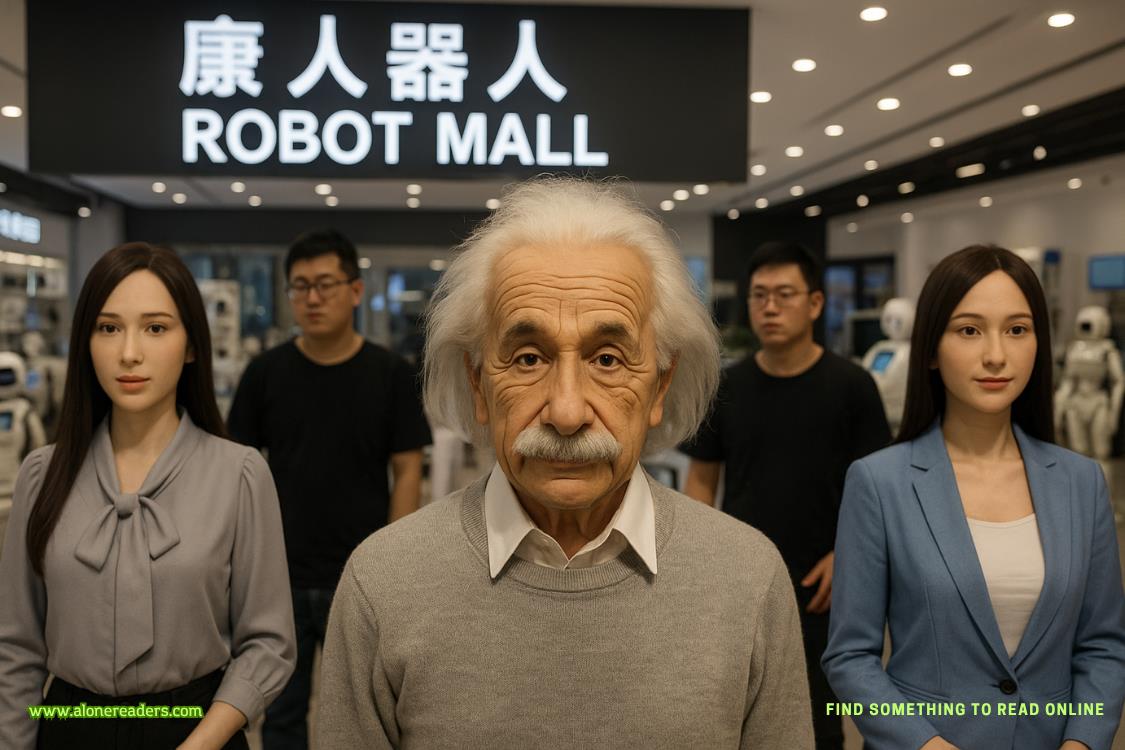“It won’t if the casing is made from pure rubber, which can’t be magnetized.”
“The diagrams are already set,” frowning at the floor. “I designed the holometer’s layout. I know what I’m—”
“But this hutch isn’t empty like your loading dock. We have to accommodate the existing machinery—and you’d have us stringing cables over the laser window!”
“I—”
“Um!Quantum gravity.” The beleaguered operator brandished Ethan’s papers. “Priority research on a contract from the federal Office of Science. Important… stuff.”
She stepped away from her rival. Because while she wasn’t looking at him—and she wasn’t,she wasn’t—the engineers were watching her.
Watching them.
Popcorn.
Easy, Monaghan…
No.
“Yes, it’s important.”Be calm. Rational. No emotion. No hallucinations about Dr. Ethan Meyer, about gripping an operator desk with her hips cocked back. Just real, tangible facts.She went on, “Our aim is to replicate the University of Amsterdam’s recent black hole model, but to enhance control over the experiment by using ultracold atoms. We’ll study the behaviors of mass and matter as they move over the lab-made event horizon. Is that behavior consistent? Can we manipulate it? Ultimately, the project will assess whether space-time is fundamentally continuous or discrete.”
“It’s discrete,” from Ethan.
“So, for your laser beam settings…”
“We know for certain that it’s a wave, but yes, it’s theoretically possible that it could also be—”
“I’m familiar with the ideas around quantum gravity, Dr. Monaghan and Dr. Meyer.” The hutch engineer took the design document from her operator. “However, the question that’s pertinent today is: what exact settings, placements, and removals do you require for the hutch equipment on hand? Lasers, detectors, cables you’re intending to repurpose, that’s what’s relevant now. Any other experimental equipment you need brought in is yours to manage with Dr. Hasselblad.”
“Well, the current optics can be removed. We’ll provide organic synthetic polymer mirrors—”
“Will these new optics replicate the dimensions of MEC’s current lenses?”
“They might not be an exact match, but—”
“The dimensions of off-the-shelf glass would match the current lens sizes to within a sixteenth of a—”
“Except that we’ve already decided that cost isn’t an issue, so we don’t need to use glass! We can use machine-customized polymers instead of—”
“Dr. Monaghan. Dr. Meyer,” with a raised hand and a raised voice from the hutch engineer, cutting them off. “Do you, or do you not, have your specifications ready? These documents have one design setup and a list of experimental components. But there’s obviously still disagreement on both your design and component needs.”
“I was—”
“Iwas—”
The engineer set down their papers. “I’m not hearing an unqualifiedyes. Now, time in the experimental halls is tight. Due to some scheduled system maintenance, a personnel shift change and the setup for the next researcher using MEC’s software both begin in thirty minutes. You have until then to present finalized specifications to us. Layouts. Sizes. Angles. Materials. If you can’t, schedule another consultation.”
An unspoken“Don’t waste my time”was silent but clear.
“Don’t waste my patience”was equally clear when the hutch engineer pointed them back into the hall.
They filed out. Disregarding an out-of-order sign—Closed for Repairs—posted at the entrance to the X-ray Correlation Spectroscopy control room, Erin badged inside the deserted vestibule for privacy. It took three tries to swipe her card for a green light; her exasperation rose with each rejection, and she rounded on Ethan as soon as the door swung shut behind them.
“We already decided to use a polymer. Why did you bring up glass?”
He remained by the threshold. “Off-the-shelf glass lenses will fit the standard dimensions of MEC’s optics. A successful replication of Dr. Tuinstra’s black hole model should be confirmed before resources are spent on an organic synthetic polymer.”
“Cost resourcing isn’t an issue!”















